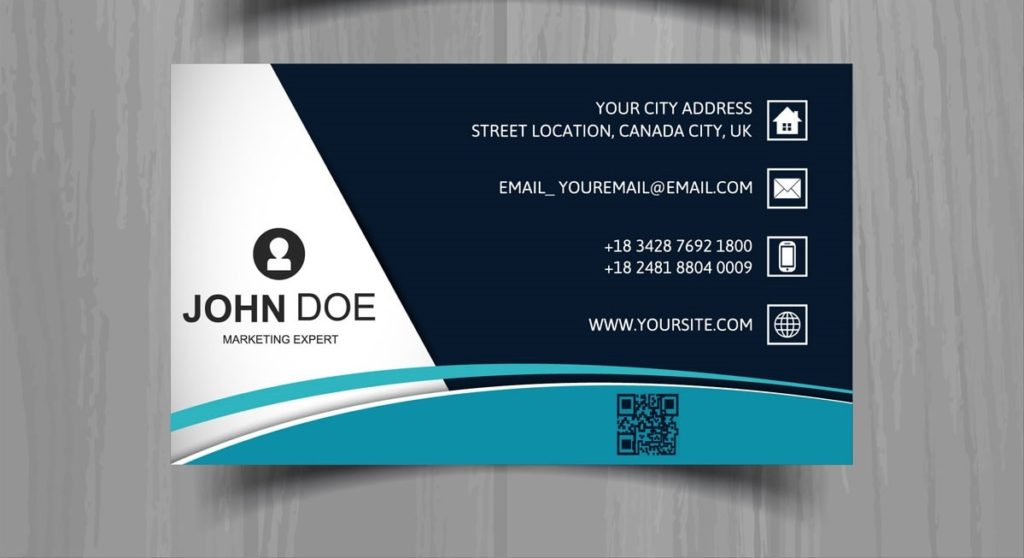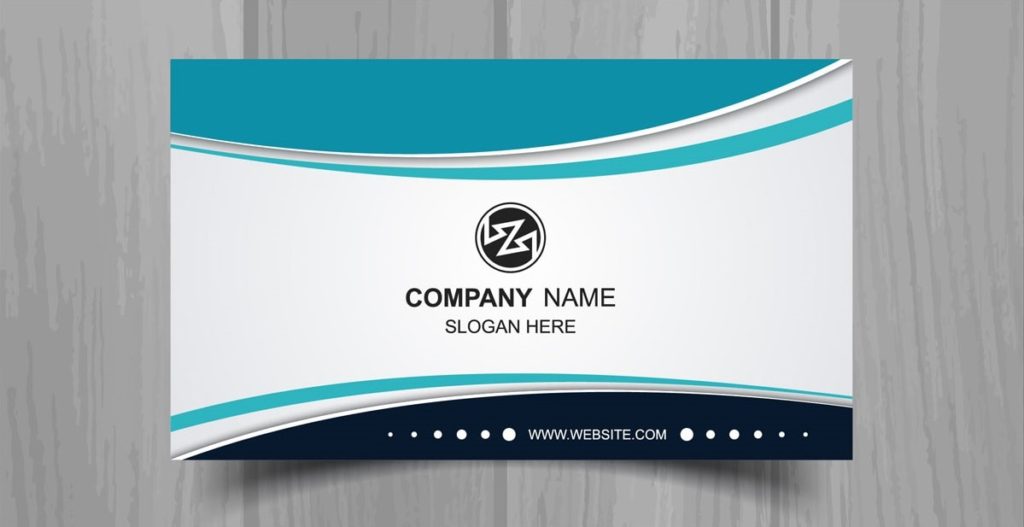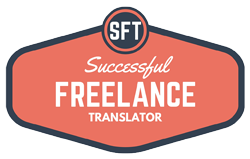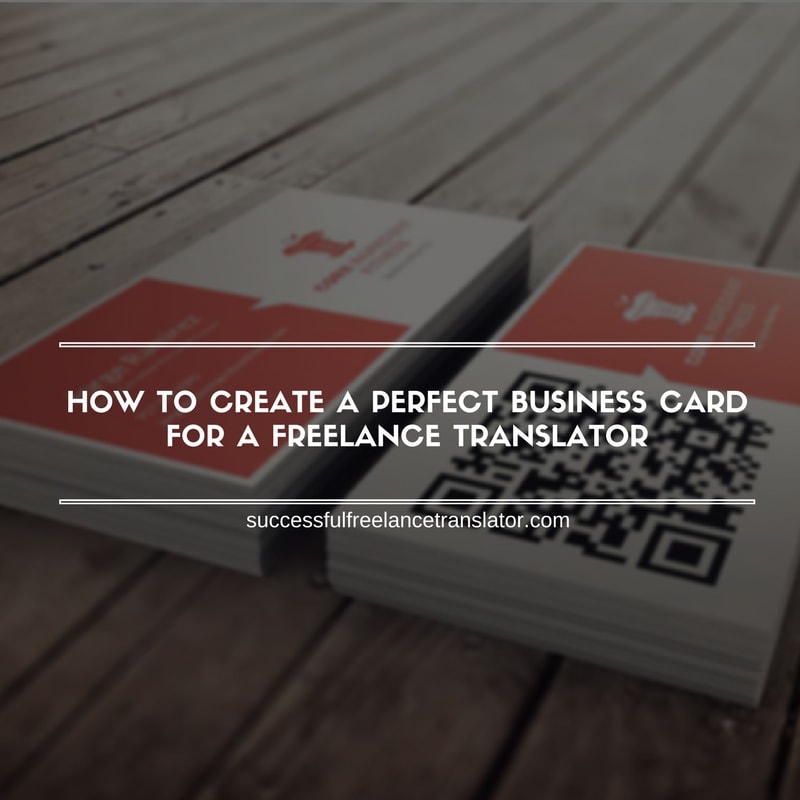Today many freelance translators work primarily through Internet, but it does not mean that you should limit your promotion efforts to online methods only. Therefore, business cards exchange still remains topical when it comes to personal meetings with potential clients. In this post, you will learn how to create a perfect business card for your freelance translation business.
I always keep a bunch of business cards in my wallet to hand them in if I meet a prospect. Let me tell you why.
Several years ago I was in a local supermarket standing right before a woman who was trying to explain something to a cashier in English.
We have a lot of expats working in Kyrgyzstan, but, unfortunately, there are not so many locals who can fluently speak English.
I always try to help foreigners when I see someone who cannot get over the language barrier. I helped that woman and she was surprised to know that I’m a translator.
She asked if I had a business card as her husband might need translation services for his local project. But I did not have any that time as I was not very serious about my freelance business.
This is a sad example when I lost a potential client just because I did not have a tool to provide my contact details.
[Tweet “Learn How to Create a Perfect Business Card for a #Freelance #Translator”]
Well, let’s get back to the main topic and see how you can create a perfect business card for your freelance translation business.
Things to Include on Your Business Card
The main purpose of a business card is to provide your potential customer with information about communication channels to get in touch with you.

I included the following information on my business card:
- My logo with language pair
- Full name
- Title (Self-employed Translator)
- Website address
- Email address, and
- Phone numbers.
If you target two groups of clients that speak different languages, you might want to order a double-sided card with information provided in two languages.
You can also add an academic degree if you have one.
Today we use different communication channels, while social media become increasingly important for online businesses.
If you are using Facebook or Twitter to communicate with your clients (which is one of the most important components of online marketing strategy) you should definitely indicate the URL address of your Facebook business page or Twitter account.
If you work from a rented office, it makes sense to add your address too.
It may seem obvious, but you should not overload your business card with redundant information, such as your birthday, marital status, a portrait photo and so on.
Visual Components and Design
As a professional freelance translator, you should have a logo and a special color combination that you use across your resources (website, social media profiles, printed materials). All these elements are an essential part of personal branding.
Therefore, you should apply the same color combination and logo that you usually use for other purposes.
This will help you to form a consistent and professional brand image.

Also, try to keep your business card design simple and clearly readable. Do not use illegible fonts and variegated high-contrast colors.
We have recently discussed the topic of business cards in our SFT group and there were a couple of interesting ideas from our group members:
Bettina Röhricht
I recommend leaving a bit of space so you can write something on your business card when you hand them over (e.g. after meeting potential clients in person). A personal touch will make the client more likely to remember you.
Tania Grant
To add to this suggestion, someone once told me they had regretted getting glossy cards because they weren’t able to write on them (the ink would wipe off or wouldn’t adhere in the first place).
Free Business Card Templates
You can find tons of free business card templates across the web. One of my favorite website providing free vector images and templates is called FreePic.com.
Type in ‘business card’ in a search form and you see thousands of professional business card templates. You can use a free vector image editor Inkscape to customize the downloaded template of your choice.
You can also find several hundreds of template on Canva — the most powerful online image editor I use to create visuals for my blogs and social media profiles.
Using these simple guidelines, you will be able to create your own business card without spending too much time and money for designer services.
Share this post with you friends and colleagues and subscribe to SFT blog to receive weekly updates about freelance translation business.



